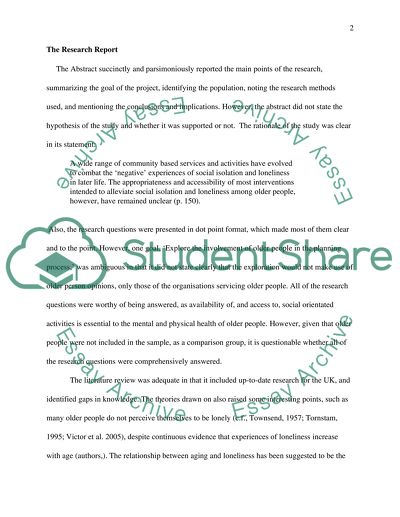Cite this document
(Research and Evaluation in Social Work: Social Support of Elderly Term Paper, n.d.)
Research and Evaluation in Social Work: Social Support of Elderly Term Paper. https://studentshare.org/social-science/1517612-research-and-evaluation-in-social-work
Research and Evaluation in Social Work: Social Support of Elderly Term Paper. https://studentshare.org/social-science/1517612-research-and-evaluation-in-social-work
(Research and Evaluation in Social Work: Social Support of Elderly Term Paper)
Research and Evaluation in Social Work: Social Support of Elderly Term Paper. https://studentshare.org/social-science/1517612-research-and-evaluation-in-social-work.
Research and Evaluation in Social Work: Social Support of Elderly Term Paper. https://studentshare.org/social-science/1517612-research-and-evaluation-in-social-work.
“Research and Evaluation in Social Work: Social Support of Elderly Term Paper”. https://studentshare.org/social-science/1517612-research-and-evaluation-in-social-work.


